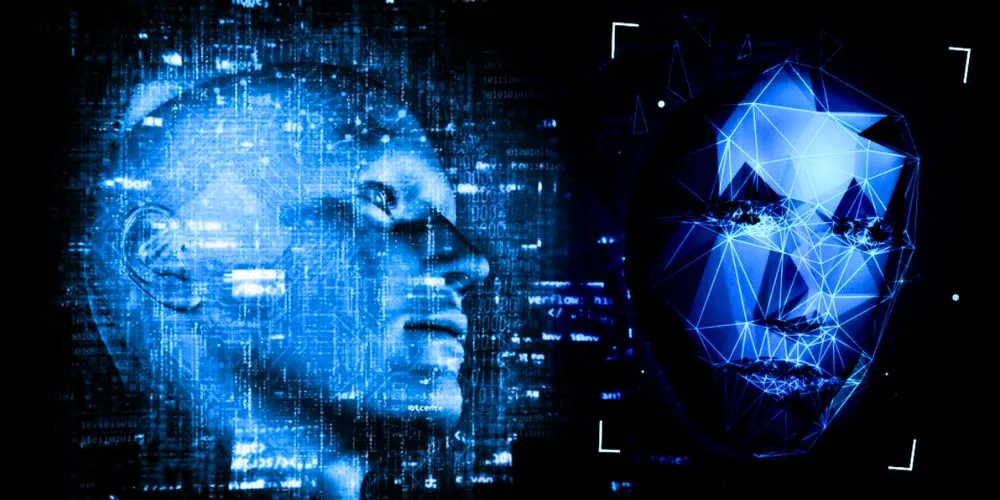In the age of advanced digital technologies, deepfakes have emerged as a potent and controversial tool, blurring the lines between reality and fiction. Understanding the nuances of deepfake technology is crucial as society grapples with the implications of manipulated audio and video content.
Deepfakes Facts
Exploring the fundamental facts surrounding deep fake technology sheds light on the mechanics and impact of this digital phenomenon:
- Artificial Intelligence and Deep Learning: Deepfakes leverage artificial intelligence (AI) and deep learning algorithms to superimpose or manipulate existing images or videos. These algorithms analyze and replicate patterns, enabling the creation of hyper-realistic content that can be challenging to distinguish from authentic media.
- Manipulation of Facial Expressions and Voices: Deepfake technology manipulates facial expressions and voices with remarkable precision. It can lead to the creation of convincing videos where individuals appear to say or do things they never actually did.
- Potential for Misinformation and Social Engineering: The ability to fabricate realistic content raises concerns about the potential for misinformation and social engineering. Deepfakes could be used to spread false narratives, manipulate public opinion, or even impersonate individuals for malicious purposes.
- Evolution of Deepfake Technology: As technology evolves, so do deepfake capabilities. Continuous advancements in AI algorithms contribute to the refinement of deepfake techniques, making it increasingly challenging to detect manipulated content.
Deepfakes Views
Examining various perspectives on deepfakes provides insight into the broader implications and potential solutions:
- Impact on Trust and Authenticity: Critics of deepfakes highlight their potential to erode trust and authenticity in digital content. The proliferation of manipulated media raises concerns about the reliability of visual and auditory information in an era where trust in digital communication is paramount.
- Media and Entertainment Applications: Some view deepfake technology as a creative tool with applications in the media and entertainment industry. It enables filmmakers to bring historical figures back to life or seamlessly integrate actors into scenes, expanding the possibilities for storytelling.
- Ethical Considerations: Ethical considerations surround using deepfakes, particularly regarding consent and privacy. The unauthorized creation and dissemination of manipulated content without the subject’s knowledge or consent raise significant ethical questions.
- Detection and Countermeasures: Developing robust detection methods and countermeasures is crucial in the fight against deepfakes. Researchers and technology experts are working on tools and algorithms to identify manipulated content and distinguish it from authentic media.
Conclusion
Deepfakes represent a paradigm shift in the digital landscape, challenging our perceptions of truth and authenticity. As society grapples with the implications of this technology, it is imperative to balance innovation with responsible use. Ongoing research, public awareness, and the development of effective detection methods are essential components of a comprehensive strategy to navigate the era of synthetic realities. By fostering a collective understanding and proactive approach, we can harness the benefits of technological advancements while safeguarding against the potential misuse of deepfake technology.










